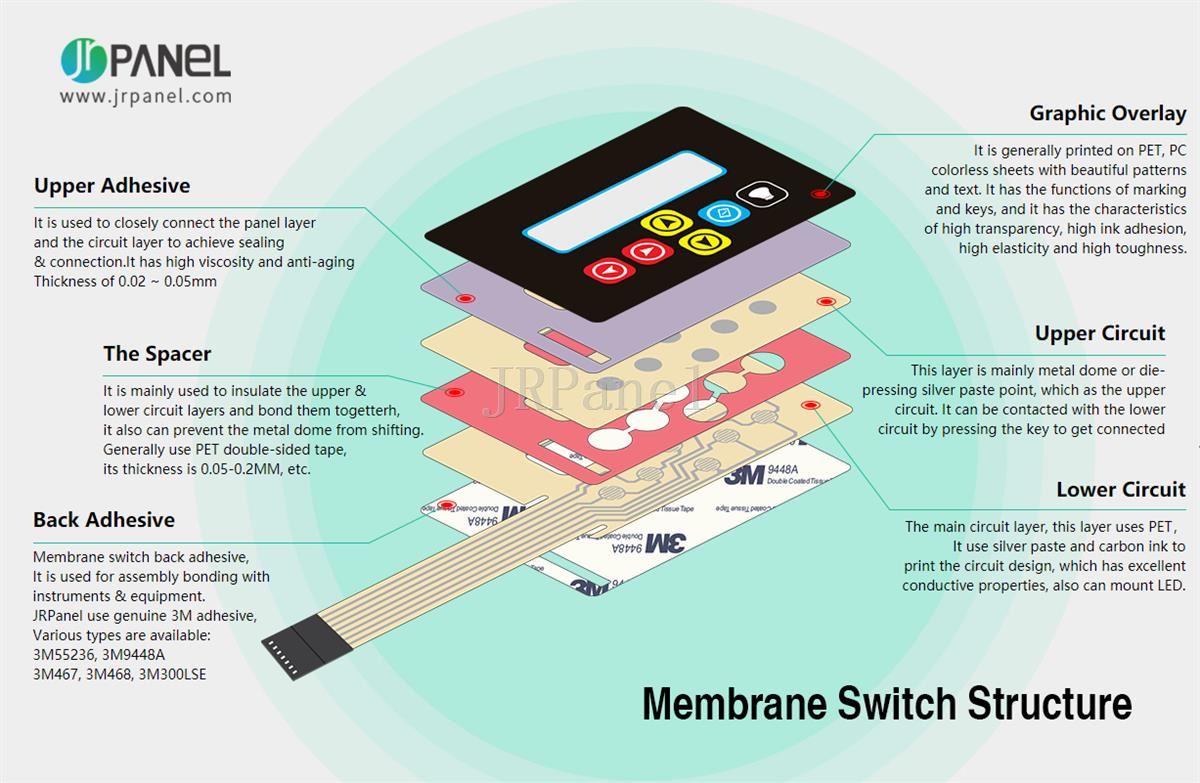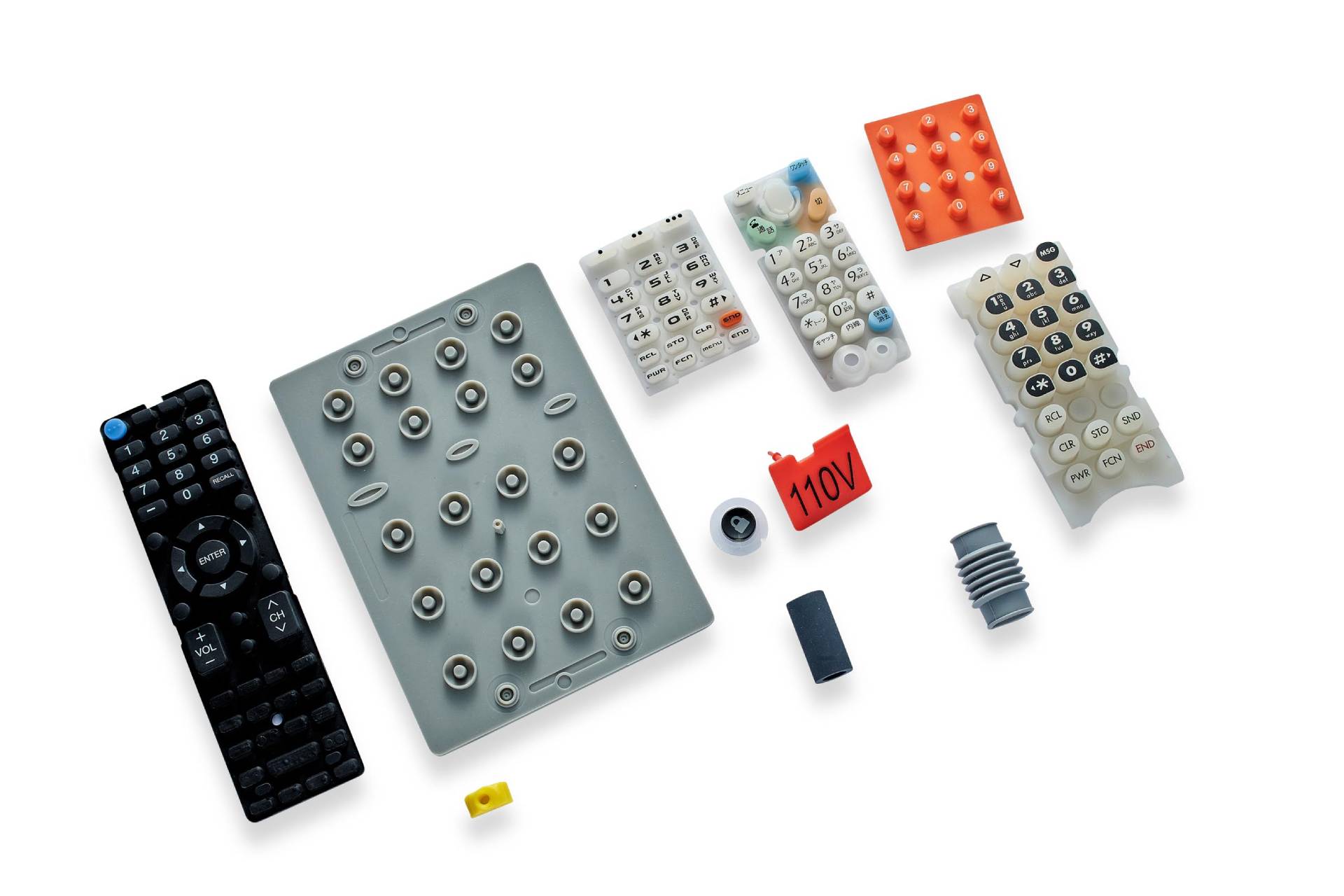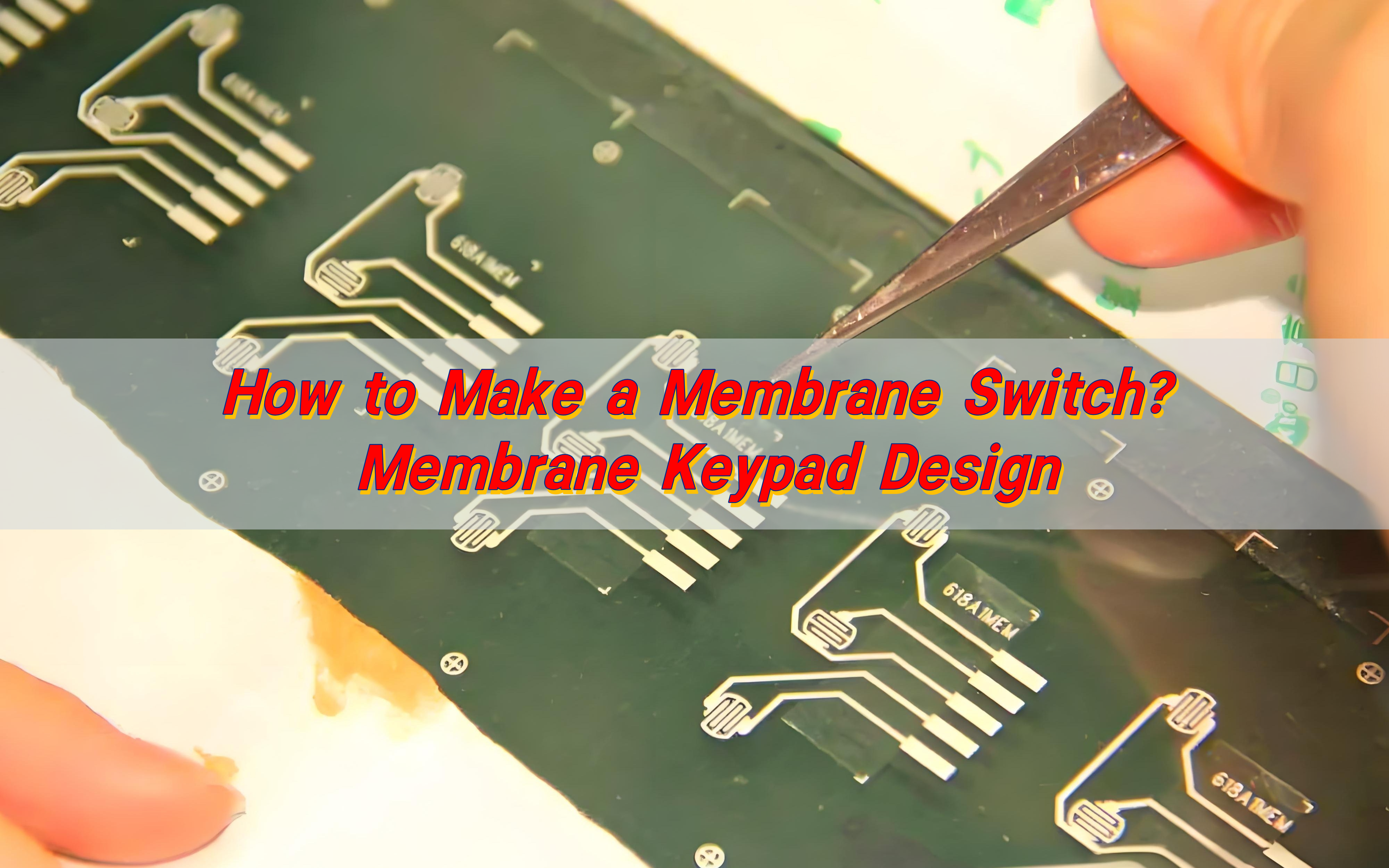Your Preferred Membrane Switch Manufacturer for Factory Applications
Wiki Article
Understanding the Relevance of Membrane Switch in Modern Electronics and Their Applications
Membrane switches over function as an essential element in modern electronic devices, supplying an effective user interface for user interaction. Their adjustable and light-weight nature makes them suitable for a series of applications throughout varied markets. Recognizing their key elements and advantages can offer insights into their growing relevance. As technology continues to advance, the development of Membrane switches over questions regarding their future applications and layout developments. What exists in advance in this vibrant field?
What Are Membrane Buttons?
Membrane buttons are necessary elements in modern electronics, serving as user interfaces that facilitate communication between devices and individuals. These switches contain numerous layers, including a graphic overlay, an adhesive layer, and a circuit layer, all of which collaborate to produce a practical and sturdy user interface. The design permits a flat, inconspicuous solution that can be personalized regarding size, form, and aesthetic appearance, making them suitable for numerous applications, from customer electronics to clinical tools. The tactile responses provided by Membrane switches over improves customer experience, while their resistance to dust and wetness makes them suitable for challenging atmospheres. Furthermore, Membrane switches can integrate attributes such as backlighting and published graphics, even more increasing their usability. Their adaptability and robustness make them a favored choice in industries where dependability and ease of use are critical, eventually contributing to the seamless operation of contemporary digital tools.Trick Components of Membrane Switches
While numerous parts contribute to the functionality of a membrane switch, three primary layers play significant duties in its layout and procedure. The leading layer, typically made from a resilient polymer, serves as the interface for individual interaction, often featuring published icons and graphics. Below this is the spacer layer, which keeps the needed range in between the leading layer and the circuit layer. This spacer layer warranties that the button turns on just when pressed, stopping unintended inputs. Ultimately, the circuit layer consists of conductive traces that finish the electrical circuit when the top layer is depressed. These traces can be made from various materials, consisting of copper or silver. With each other, these elements create a trustworthy and robust device that is portable and functional, appropriate for a variety of digital applications, from household devices to clinical devices. Comprehending these key parts is vital for valuing the overall capability of Membrane switches.Benefits of Utilizing Membrane Switches

Membrane Switch Manufacturing Refine
Comprehending the Membrane switch manufacturing procedure exposes the detailed actions associated with creating these important elements. The process normally starts with the design stage, where specifications and designs are created using specialized software. Following this, the graphic overlay is printed on a versatile substratum, commonly utilizing high-resolution printing strategies to guarantee clearness and precision.Next, the sticky layers are used, which serve to bond the different parts with each other. The circuit layers, made from conductive inks or products, are after that published onto a separate substratum. These layers are very carefully lined up and laminated to develop a practical switch.After setting up, the buttons undergo checking to verify performance and sturdiness. Quality assurance measures are executed throughout the procedure to recognize and fix any defects. Ultimately, the completed Membrane switches are packaged and gotten ready for distribution, ready to satisfy the needs of modern-day digital applications.Applications of Membrane Switches Over in Various Industries
Membrane buttons are increasingly utilized throughout various industries, particularly in clinical devices and consumer electronics. In the medical field, they provide reputable control user interfaces for tools that require accurate operation. Similarly, in consumer electronic devices, these buttons boost individual interaction by offering receptive and streamlined user interfaces.
Medical Equipment Control
Many modern-day clinical tools make use of Membrane switches for More Info streamlined procedure and enhanced learn the facts here now user communication. These switches supply a trustworthy, long lasting interface for a range of applications, including analysis tools, person surveillance systems, and medical instruments. Their customizable layouts enable details designs that can accommodate the one-of-a-kind requirements of healthcare specialists, making sure user-friendly navigation and efficient accessibility to vital features. Furthermore, Membrane buttons are resistant to pollutants, making them suitable for clean and sterile environments. The responsive comments they supply can enhance customer confidence, minimizing the threat of errors during essential medical procedures. On the whole, the combination of Membrane switches in clinical equipment significantly adds to boosted functional efficiency and person safety in medical care setups.Consumer Electronic Devices Interfaces
In the domain name of consumer electronics, Membrane buttons play a crucial function in improving interface throughout a large range of devices. These switches are important to items such as remote controls, microwaves, and video gaming consoles, giving a straightforward and reliable interface. Their design enables a smooth combination of graphics and functionality, allowing makers to develop streamlined, modern-day aesthetic appeals without endangering use. Membrane buttons are likewise understood for their longevity, often withstanding comprehensive use and exposure to various environmental problems. Additionally, they can incorporate features like backlighting and tactile feedback, more boosting the customer experience. As consumer needs for innovative yet user-friendly interfaces expand, Membrane switches over continue to be a crucial element beforehand digital gadget performance.Style Considerations for Membrane Switches
Designing efficient Membrane switches calls for mindful focus to various factors that influence both performance and individual experience. One vital factor to consider is the choice of products, as they can influence toughness, tactile feedback, and visual appeal. Selecting an appropriate adhesive is crucial for ensuring long-term attachment and resistance to ecological factors.In addition, the design and layout of the switch must suit individual communication, with switch sizes and spacing maximized for ease of use. The consolidation of graphics and labeling ought to focus on clearness and presence under different lighting conditions.Consideration of electric characteristics, such as actuation pressure and switch level of sensitivity, will boost the responsiveness of the Membrane button. The style should fit making processes to assure cost-effectiveness and timely production. On the whole, a well-balanced style enhances both the customer and the functionality experience of Membrane buttons in modern electronic devices.
Future Trends in Membrane Switch Modern Technology
As innovation remains to evolve, Membrane switches are positioned to integrate new developments that will certainly boost their capability and application in various fields. One significant pattern is the consolidation of adaptable and durable materials, which will certainly raise the lifespan and reliability of these switches. Enhanced surface area appearances and adjustable graphics are likewise expected, permitting more user-friendly individual interfaces.Moreover, the combination of wise modern technology, such as touch-sensitive surface areas and haptic comments, is anticipated to boost user interaction, making Membrane switches more responsive and appealing. Additionally, advancements in printed electronics will certainly make it possible for a lot more complicated circuitry within thinner profiles, better increasing design possibilities.Sustainability will additionally play a crucial duty in future advancements, as makers check out environmentally friendly materials and production procedures. Generally, these trends will certainly assure that Membrane switches over continue to be indispensable and pertinent in a progressively digital and interconnected globe.Often Asked Questions
How Do Membrane Switches Over Compare to Typical Mechanical Buttons?
Membrane switches over offer benefits over standard mechanical buttons, including decreased dimension, lighter weight, and enhanced sturdiness. They generally give a sealed surface area, enhancing resistance to dirt and moisture, making them optimal for varied applications.What Materials Are Generally Utilized in Membrane Switch Construction?

Can Membrane Changes Withstand Extreme Environmental Conditions?
Membrane buttons can stand up to extreme ecological conditions, depending upon their design and materials. High-quality building and constructions frequently include longevity versus temperature level changes, humidity, and exposure to chemicals, making them ideal for various requiring applications throughout markets.How Much Time Do Membrane Switches Over Normally Last Before Failure?
Membrane switches over generally display a life-span ranging from 1 to 10 million actuations, depending upon variables such as best site use frequency, environmental conditions, and producing top quality. Regular maintenance can prolong their longevity and operational reliability considerably.Are Membrane Switches Over Adjustable for Details Applications?
Membrane buttons are indeed personalized for details applications. They can be customized in layout, size, and capability, enabling makers to fulfill special individual requirements and enhance product appearances while preserving operational efficiency and toughness. Membrane buttons are important elements in contemporary electronics, serving as individual interfaces that help with interaction in between customers and tools. The tactile feedback provided by Membrane switches over enhances user experience, while their resistance to dust and moisture makes them perfect for challenging settings. The unification of graphics and labeling must prioritize clarity and presence under different illumination conditions.Consideration of electric features, such as actuation pressure and switch level of sensitivity, will certainly enhance the responsiveness of the Membrane button. Enhanced surface area structures and adjustable graphics are also prepared for, permitting for more user-friendly user interfaces.Moreover, the assimilation of wise technology, such as touch-sensitive surface areas and haptic feedback, is anticipated to boost individual interaction, making Membrane switches over much more responsive and appealing. Membrane switches over offer benefits over conventional mechanical buttons, including minimized size, lighter weight, and improved longevity.Report this wiki page